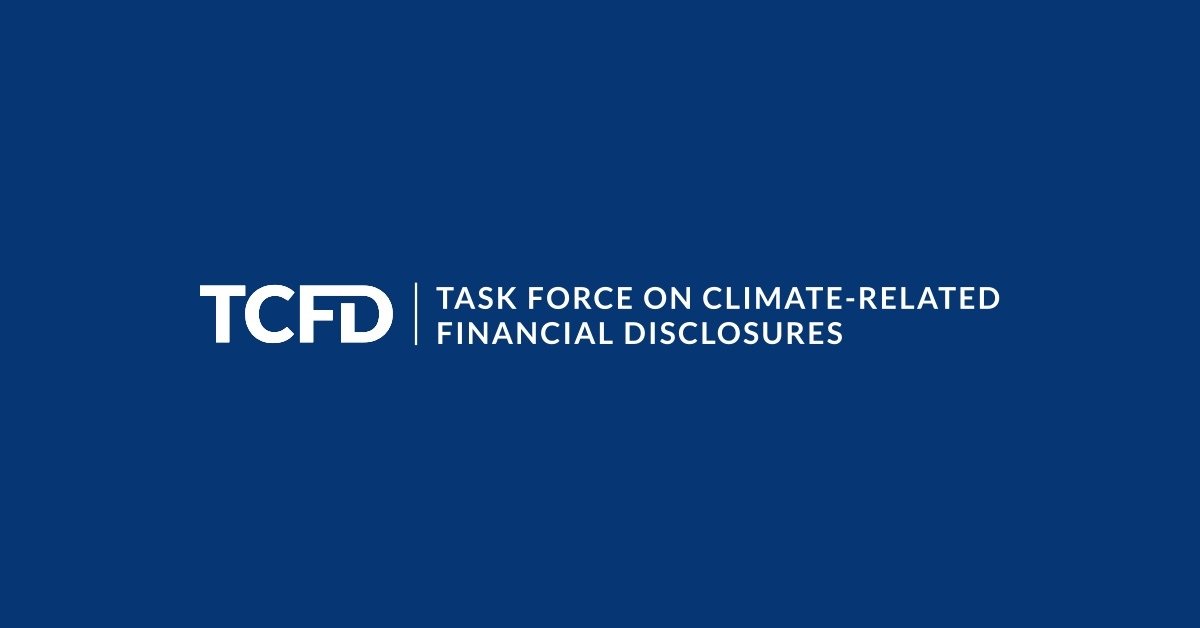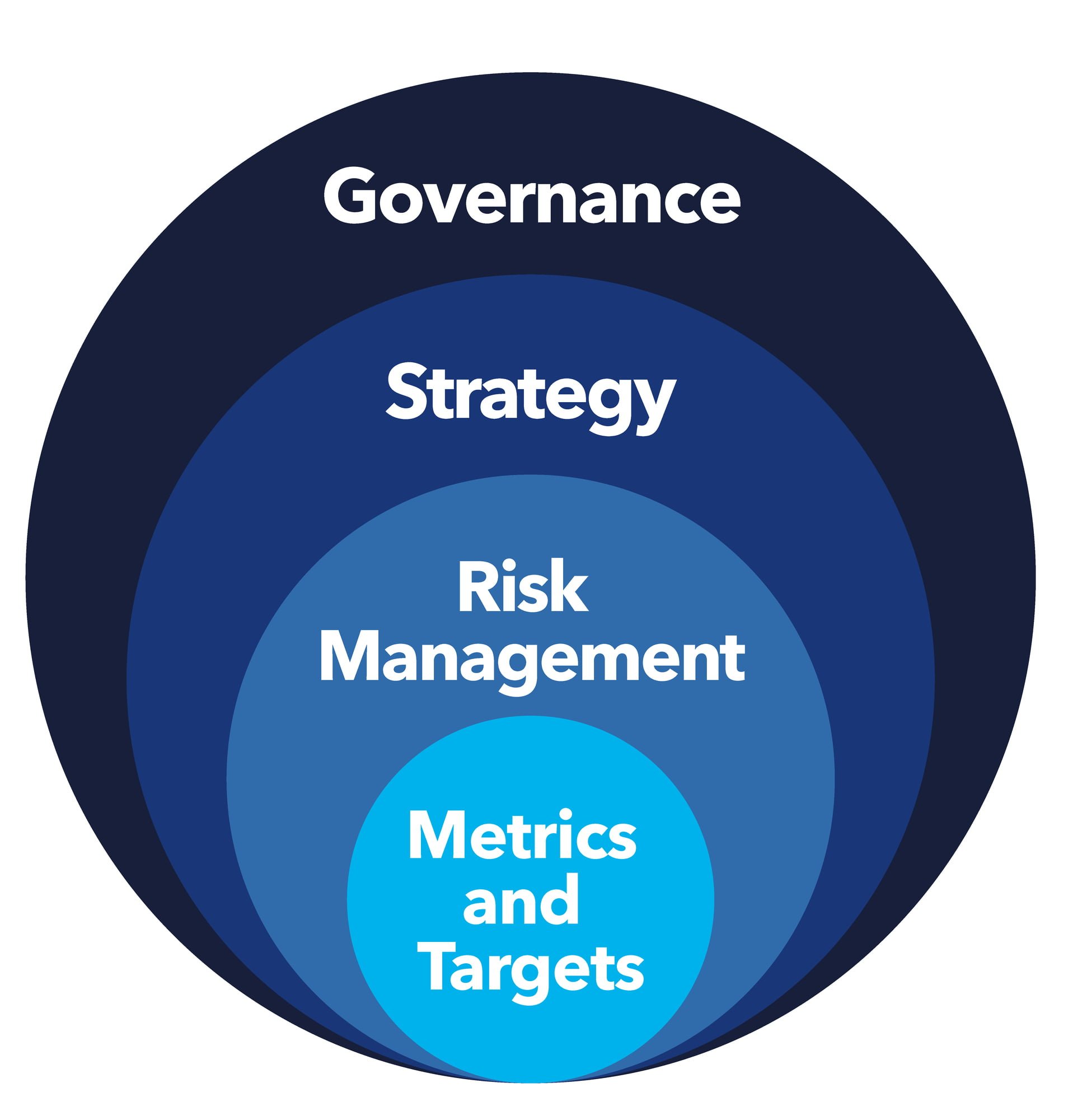What is the TCFD?
What is the TCFD?
The Task Force on Climate-related Financial Disclosures (TCFD) provides disclosure recommendations for businesses. Created by the Financial Stability Board, the TCFD improves and increases reporting of climate-related financial information. The TCFD has identified that the rising global temperature poses both risks and opportunities for businesses in the short, medium and long term. The rise in natural catastrophes and chronic environmental shifts such as changing weather patterns can cause macroeconomic shocks. In addition, there are risks to businesses associated with the abrupt transition to a low carbon economy e.g. rapid losses in asset value due to changing policy and consumer preferences. Because of this, it is critical it is for businesses to look at their longer-term strategies and allocate capital accordingly.
Purpose of the TCFD.
The TCFD provides a framework that helps to facilitate market transparency and stability. They do so through soliciting information that allows businesses to incorporate climate-related risks. This exercise helps businesses to develop an understanding of their climate-related risks and opportunities, which can then be incorporated into risk management and strategic planning processes. The TCFD provides climate-related financial disclosure recommendations with 4 ‘pillars’, which include Governance, Strategy, Risk Management, and Metrics & Targets — all of which are interlinked.
Who does it apply to?
Over 1,300 of the largest UK-registered companies and financial institutions will have to disclose climate-related financial information on a mandatory basis (see UK Gov site). The disclosure requirements will apply to your company or LLP if it meets the following scope criteria:
All UK companies that are currently required to produce a non-financial information statement, being UK companies that have more than 500 employees and have either transferable securities admitted to trading on the UK regulated market or are banking companies or insurance companies (Relevant Public Interest Entities (PIEs));
UK registered companies with securities admitted to AIM with more than 500 employees;
UK registered companies not included in the categories above, which have more than 500 employees and a turnover of more than £500m;
Large LLPs, which are not traded or banking LLPs, and have more than 500 employees and a turnover of more than £500m and;
Traded or banking LLPs which have more than 500 employees.
The 4 pillars of TCFD
1. Governance
This identifies who in your company is in charge of climate-related risks and opportunities. This section will detail the roles and responsibilities of all key players, including management and board members, as well as the oversight and controls in place. In particular, how they oversee the setting of climate-related risk and opportunity targets and track progress toward them — including whether performance metrics factor into remuneration policies.
2. Strategy
This section describes the climate-related risks and opportunities your company has identified in the short, medium, and long term, as well as how they have influenced your company's strategy and financial planning. Then there is the scenario analysis, in which you explain how your company's strategy will fare under various climate-related scenarios. This should include a "business as usual" scenario in which the planet warms 4ºC beyond pre-industrial levels by 2100 and a ‘best-case’ 1.5ºC scenario.
3. Risk Management
This is where you describe how your company goes about identifying, assessing, and managing climate-related risks. The risk management process, and the people involved at each step, should be described in detail.
4. Metrics and Targets
You must provide three pieces of information in this section.
The metrics your company uses to evaluate climate-related risks and opportunities.
Full disclosure of your greenhouse gas (GHG) emissions under Scope 1, Scope 2, and Scope 3.
The targets your company has set for itself, and the progress you have made toward those targets.
This is an opportunity to embed climate resilience in your business model and prepare for a low-carbon future.
If you are considering how to get the most out of your TCFD delivery, contact us for a discreet conversation.


